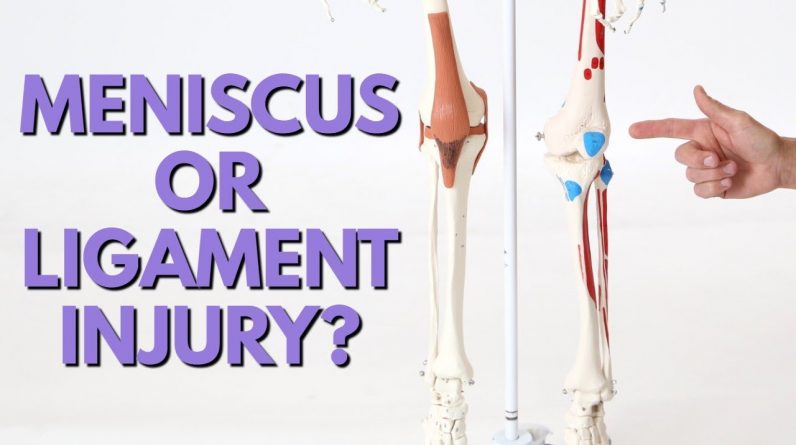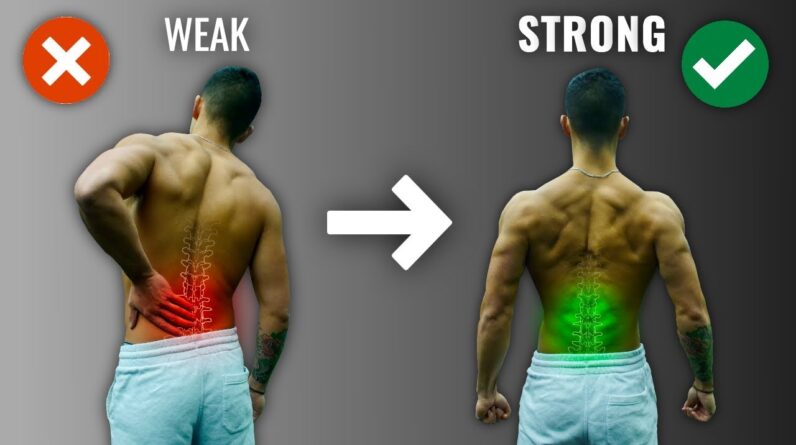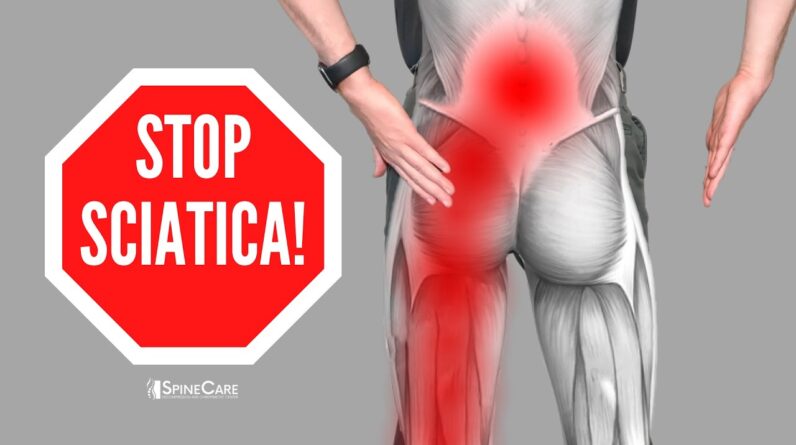
How to Tell If Knee Pain is Meniscus or Ligament Injury
Meniscus or Ligament Injury Knee? Pain can be caused by a variety of issues, including injuries to the meniscus or ligaments. Meniscus and ligament injuries are common among athletes, but they can also occur in everyday activities. It’s important to determine the cause of your knee pain to receive proper treatment. Here are some ways to tell if your knee pain is due to a meniscus or ligament injury.
Understanding the Meniscus and Ligaments
Before discussing how to tell the difference between a meniscus and ligament injury, it’s important to understand what these structures are and their role in the knee joint. The knee joint consists of three bones: the femur, tibia, and patella. The meniscus is a C-shaped piece of cartilage that sits between the femur and tibia bones. It acts as a cushion and shock absorber, helping to distribute weight and reduce friction between the bones. There are two menisci in each knee, the medial meniscus on the inside and the lateral meniscus on the outside.
Ligaments are strong bands of tissue that connect bones to each other. There are four main ligaments in the knee: the anterior cruciate ligament (ACL), posterior cruciate ligament (PCL), medial collateral ligament (MCL), and lateral collateral ligament (LCL). These ligaments help to stabilize the knee joint and prevent excessive movement of the bones.
Signs of a Meniscus Injury
A meniscus injury can occur when the knee is twisted or rotated, causing the meniscus to tear. Signs of a meniscus injury include:
- Pain: The pain is usually felt on the inside or outside of the knee and can be sharp or dull.
- Swelling: Swelling can occur within hours of the injury and may be accompanied by stiffness.
- Clicking or popping: You may hear a clicking or popping sound when you move your knee.
- Limited range of motion: Your knee may feel stiff and it may be difficult to bend or straighten it fully.
- Locking: Your knee may feel like it’s “stuck” or locked in one position.
Signs of a Ligament Injury
A ligament injury can occur when the knee is forced beyond its normal range of motion, causing the ligament to stretch or tear. Signs of a ligament injury include:
- Pain: The pain is usually felt at the front or back of the knee and can be sharp or dull.
- Swelling: Swelling can occur within hours of the injury and may be accompanied by stiffness.
- Instability: You may feel like your knee is “giving way” or unstable, especially when you try to change direction or pivot.
- Limited range of motion: Your knee may feel stiff and it may be difficult to bend or straighten it fully.
- Popping sound: You may hear a popping sound at the time of injury.
Seaking Treatment
If you’re experiencing knee pain and suspect that you have a meniscus or ligament injury, it’s important to seek medical attention. A doctor will examine your knee, take a medical history, and may order imaging tests such as an X-ray, MRI, or CT scan to determine the extent of the injury. Treatment for a meniscus or ligament injury may include rest, ice, compression, elevation (RICE), physical therapy, medication, or surgery.
Similar Topics: How to Recover from Exercise Faster
Preventing Knee Injuries
While it’s not always possible to prevent knee injuries, there are some steps you can take to reduce your risk:
- Warm up before exercising: Do some light cardio and stretching before engaging in high-impact activities.
- Wear appropriate footwear: Choose shoes that provide support
Shop Knee Braces
Get the best deal on Knee Brace for your Meniscus: Knee Brace
Best Selling: Powerlift Joint Knee Pads







